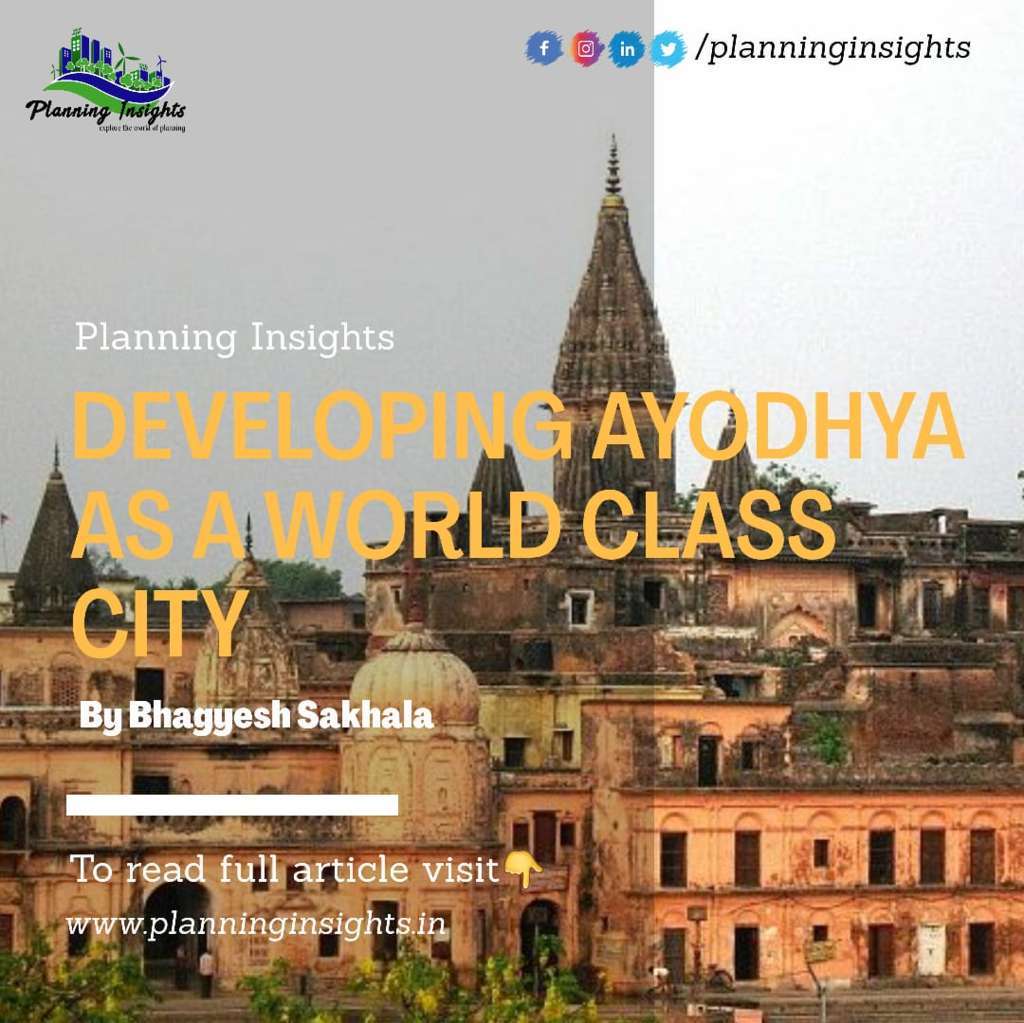SMART CITY MISSION : IT’S IMPACT- BY MITASHA DUGGAL
A smart city is a concept that combines people's use of technology with
the development of the city. The Smart City mission organized by the Indian
government has 99 winning proposals with a budget of more than Rs 201979 crore,
which will affect more than 99,486,840 Indian populations. This mission has
greatly helped improve infrastructure by providing more public space and
amenities for the Indian population. However, communication and technology are
the core aspects of smart cities, not the "human scale." As mobile
phones become cheaper and the public has access to the Internet and information
about the world, the people with the lowest economic scale get the most
benefit.
In the smart city mission
approach, the goal is to promote the city to provide core infrastructure, a
clean and sustainable environment, and the implementation of "smart"
solutions, thereby improving the quality of life for all citizens. It is
focused on providing sustainable and inclusive development of
, promoting the creation of similar smart cities in different regions
and parts of the country. The mission requires development through citywide green
space planning, redevelopment, and renovation, which in turn creates job
opportunities for the real estate industry.
By 2020, due to the sudden
occurrence of the global pandemic, the citizens of the city began to demand smart
cities with a sustainable environment and a better quality of life. New
technologies are needed to allow smart cities to put the citizen first and help
to realize the commitment to society, environment, and economic sustainability.
Bhopal Case Study The first list of 20 cities to be selected
under the Smart City Plan includes Bhopal. Despite facing challenges early on,
Bhopal is last on the list. BMC's proposal to build a smart city in Bhopal and
rebuild Shivaji Nagar and Tulsi Nagar was accepted by the Ministry of Housing
and Urban Affairs (MoHUA). However, due to the lack of public participation and
the environmental and social impacts of residents in the selected locations of
Bhopal Tulsi Nagar and Shivaji Nagar, the proposal submitted by BMC to MoHUA
was rejected and protested. The reconstruction project site was moved from
Tulsi Nagar and Shivaji Nagar to a new site in North TT Nagar, covering an area
of ​​342 acres, including existing government housing structure on state
government land, some slums, and informal settlements.
Bhopal smart city will consist
of regional development (ABD) and pan-urban development. The proposed housing
density is 482 people per hectare (PPH) and the household size (HH) is 5
people. The overall density of the ABD area is estimated to reach approximately
2,07,500 people within 20 years. These estimates are taken from current models
that predict the growth of Bhopal until 2036. In the ABD area, due to the
increase in infrastructure and the development of smart cities.
The main challenge when working
in Bhopal was the change in the area selected for the ABD project. It is
recommended to ensure that local residents actively participate in and
participate in projects related to the smart city mission from the beginning,
so that these voices can be incorporated into the plan according to the vision
of ordinary people.
There are other reported issues, including governance conflicts between
smart city companies and municipal institutions, the displacement of households
and businesses from smart city projects, the increasing privatization of public
services, the loss of green coverage, and the impact of smart city projects on
the poor and society. Impact. The same goes for marginalized sectors. But after
overcoming all the challenges, Bhopal ranked among the top 5 in the 2020 Smart
City Ranking.
Although there are cities
undergoing rapid transformation, Chandigarh, which claims to be India's first
planned independent city, has been included in India's 100 cities that are
developing into smart cities, with 20 of the worst performing cities.
Chandigarh is a city and federal territory in northern India, and the capital
of Punjab and Haryana. As a federal territory, the city is directly managed by
the
Union government and does not
belong to any of the states. Chandigarh and Consecutive cities Mohari (Punjab)
and cities in Panchkula (Haryana) are together named the Chandigarh Tricity.
The main challenges facing
Chandigarh was that the land portion was not considered at the preliminary
stage, the preparation of detailed project reports was delayed, and the project
was repeatedly tendered due to poor coordination and response from private
investors and contractors. It is also the loss of decision-making time due to
the multi-level work system.
Summarizing the current
situation now, several smart cities have not yet completed a project. Of the
5,151 projects initially proposed, only 3,629 have been actively implemented.
Among them, approximately 25% of the projects have been completed. However, in
terms of value, the share of completed work is only 11% of the total. Delhi,
Gujarat and Madhya Pradesh have higher average project completion rates, while
the cities of Punjab and Haryana are the worst. In Gujarat, each smart city has
completed an average of 20 projects, while in Madhya Pradesh almost 19 projects
have been completed in each city. In Punjab and Haryana, only one project was
completed in each city. No projects have been completed in seven states and
U.T.
This shows that the governments
of these states must take the initiative and must stop delaying the completion
of the project.
Related Articles
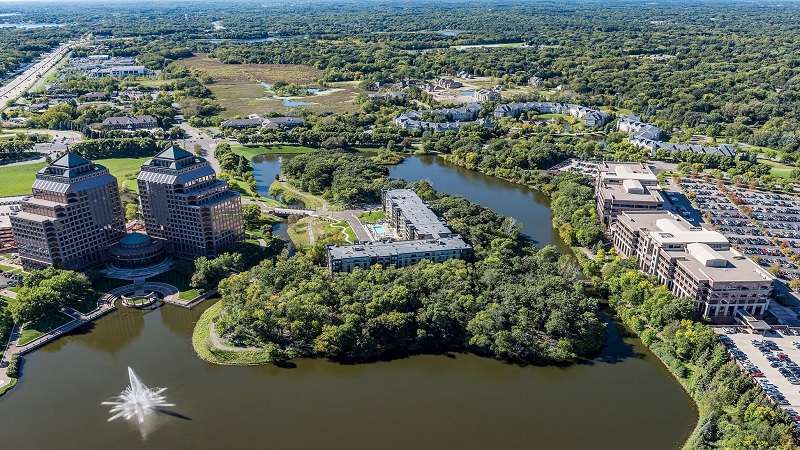
IMPORTANCE OF ENVIRONMENTAL PLANNING
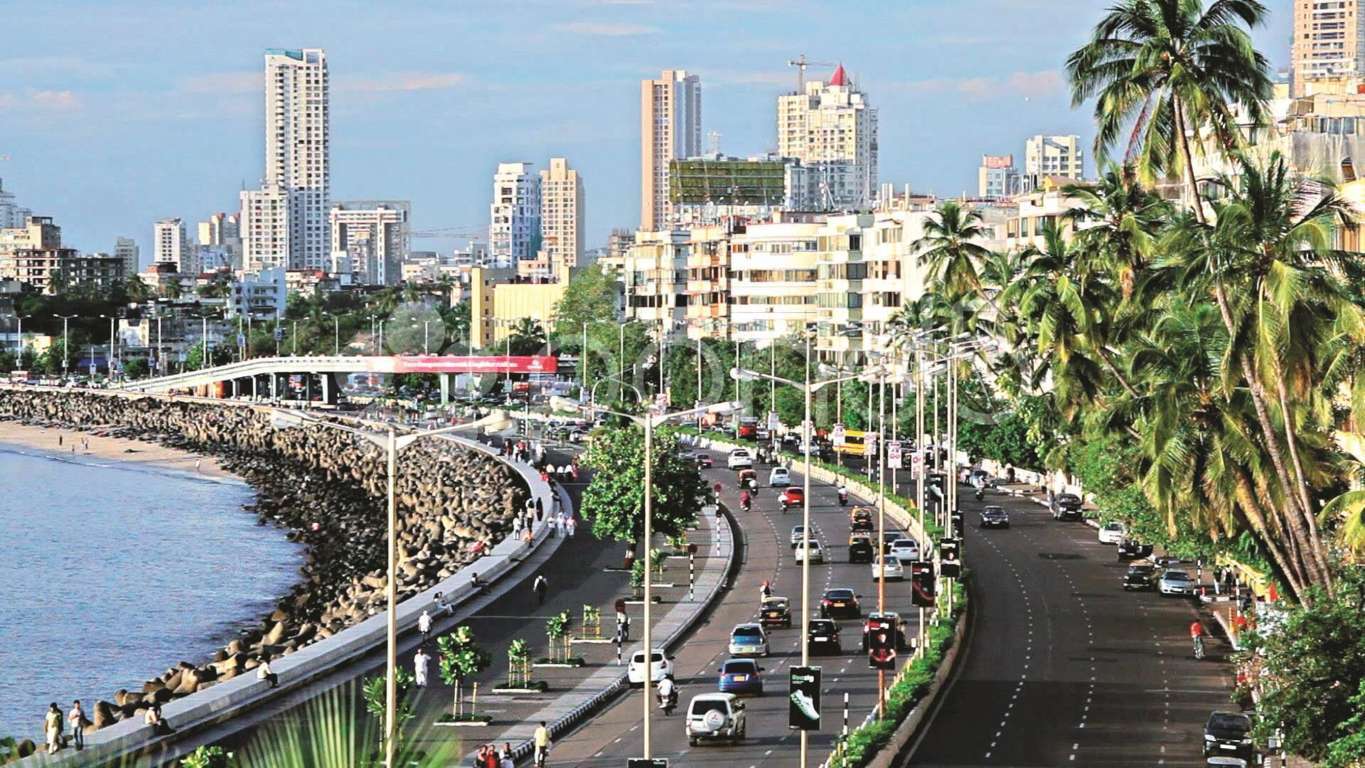
City as a Financial Institute
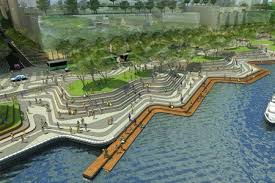
Urban Renewal
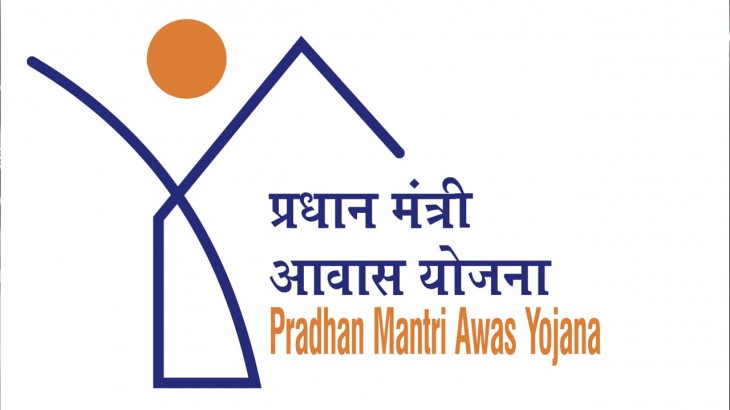
Analysis of Pradhan Mantri Awas Yojana (PMAY) Urban and Gramin
